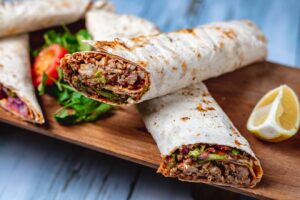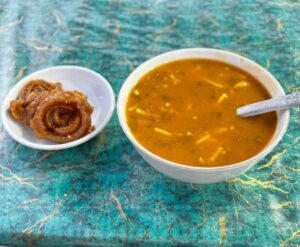The Food & Recipes Blog
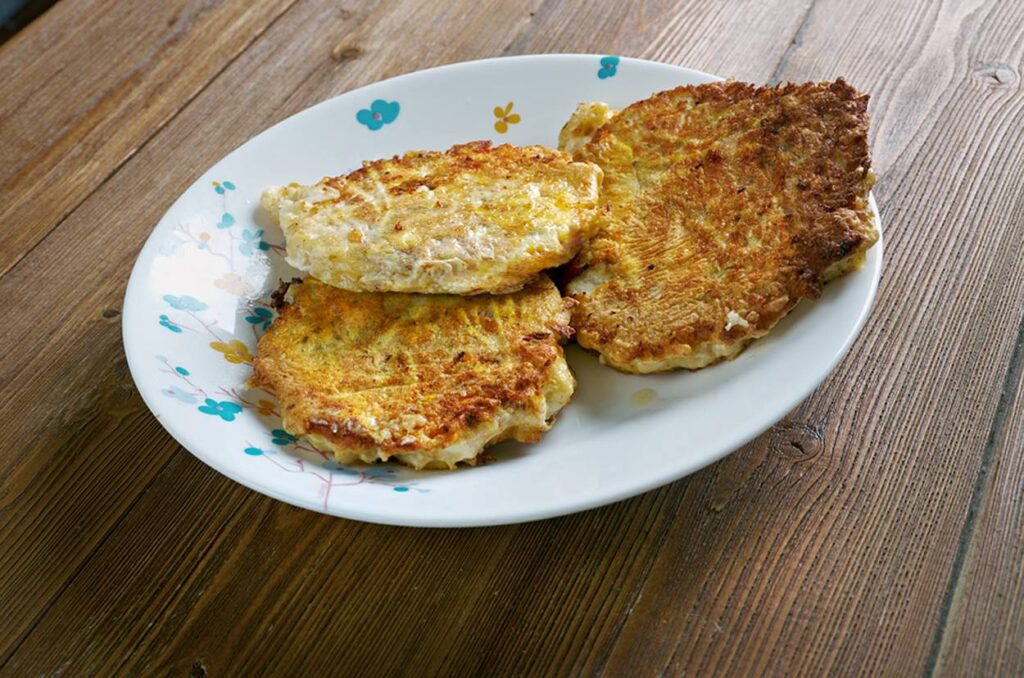
New Zealand’s Whitebait Fritters from the Coast
New Zealand is famous for its spectacular natural beauty and strong culinary traditions. While there is much to explore regarding New Zealand food (and drink), the whitebait fritter is one dish that has taken the nation by storm, particularly along the coastal regions. This beloved yet straightforward Kiwi delicacy has quickly become a national treasure. That’s from a recipe shared by a New Zealand-born friend who keenly recalls whitebait fritters, whether at a seaside caravan or a family picnic, imbued with strong memories and community pride.
This blog will explore whitebait fritters’ history, preparation, and cultural significance. We will explore why they remain a popular New Zealand food, how they’re harvested and prepared, and what makes them an iconic street fish snack.
What is Whitebait?
A Delicate, Seasonal Treat
Whitebait in New Zealand refers to the juvenile forms of several native fish species, primarily īnanga (Galaxias maculatus). These tiny, translucent fish typically measure 4 to 5 cm and are caught in rivers as they migrate upstream from the sea each spring.
Unlike whitebait served in Europe or Asia, whitebait is unprocessed and eaten whole in New Zealand, including the head, bones, and tail. Its delicate nature and brief season make it one of the most prized seafood ingredients in the country.
The Cultural and Culinary Roots of Whitebait Fritters
A Tradition Passed Down Generations
Whitebait fritters have long been associated with coastal communities in New Zealand, especially on the West Coast of the South Island, where whitebaiting is almost a rite of passage.
Historically, white baiting was both a subsistence activity and a social event. Families would gather along rivers with scoop nets and set nets, often spending hours in conversation while waiting for the tide to turn. The catch was cooked on portable stoves or open fires on the riverbank—ultra-fresh and simply prepared.
Whitebait fritters are commonly served with:
- A squeeze of lemon juice
- White bread or buttered toast
- A touch of sea salt and pepper
There’s something unpretentious yet deeply satisfying about biting into a crisp-edged, golden fritter, knowing the fish inside was caught that morning.
The Art of Making the Perfect Whitebait Fritter
Simplicity is Key
The classic New Zealand whitebait fritter uses only two or three ingredients, allowing the fish’s natural taste to shine. Here’s a basic, authentic recipe:
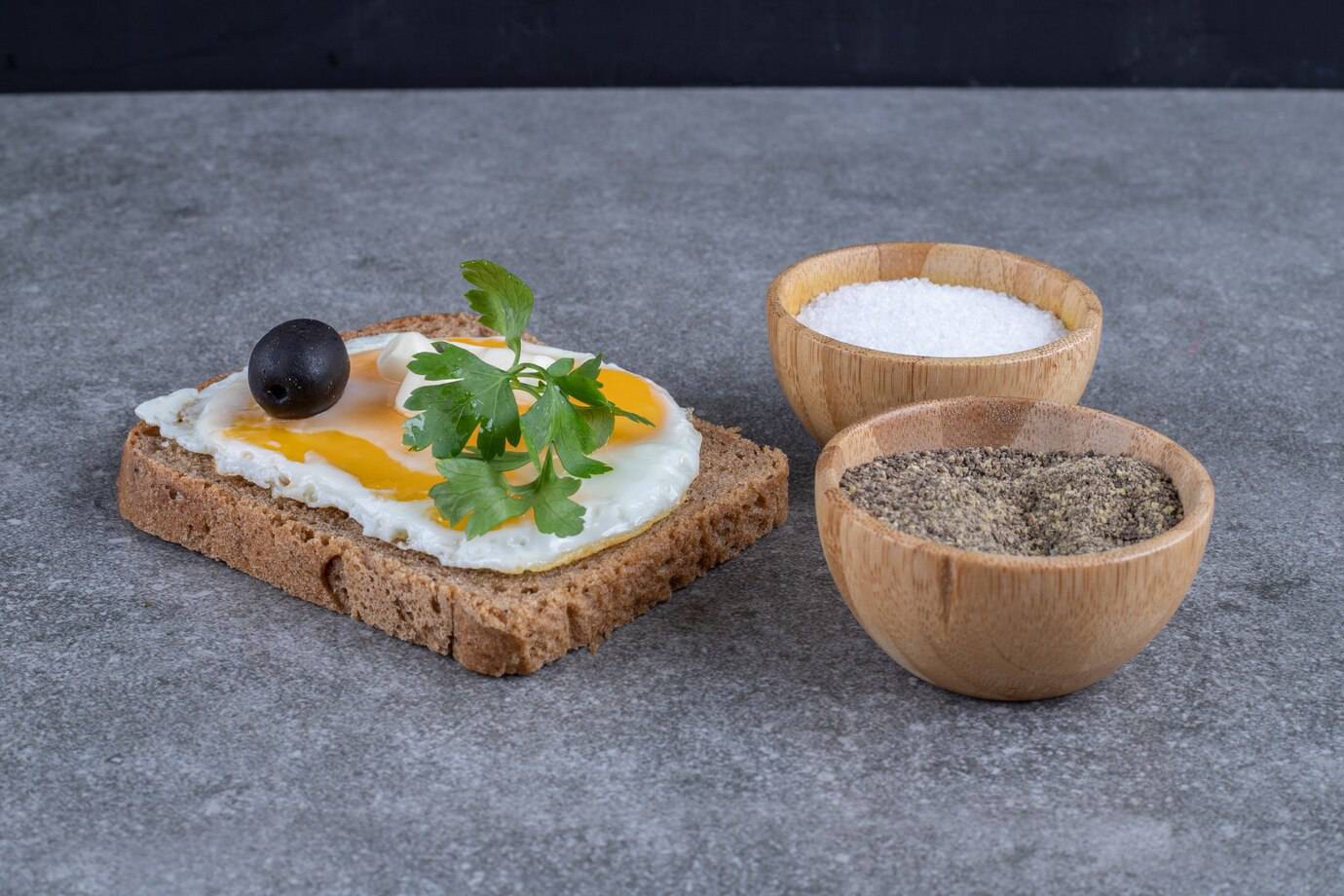
Ingredients:
- 1 cup of fresh whitebait
- 1 large egg
- A pinch of salt and pepper
- (Optional) 1 tablespoon of flour or chopped parsley
Method:
- Lightly beat the egg with seasoning.
- Gently fold in the whitebait, being careful not to break them.
- Heat a frying pan with a touch of oil or butter.
- Pour small ladlefuls into the pan and fry for 1–2 minutes per side until golden.
The result? A light, airy fritter that holds together while still showcasing the delicate texture of the whitebait. Some households prefer fluffy and eggy; others prefer a thinner, crispier variation.
Whitebaiting Season: A Seasonal Obsession
When and Where to Find It
Whitebait season is highly anticipated, typically from September to November (exact dates vary slightly by region and year). During this time, you’ll find roadside stalls and street food vendors selling fresh fritters wrapped in napkins or paper towels—an actual street fish snack experience.
Popular white baiting rivers include:
- Mokihinui and Karamea Rivers – Northern West Coast
- Haast and Hokitika Rivers – Southern West Coast
- Clutha and Mataura Rivers – Southland
The demand for whitebait during the short season pushes prices high, making it an occasional indulgence for many. As of 2024, whitebait can cost between NZD 90 and NZD 120 per kilogram.
Sustainability and Conservation Concerns
Protecting a National Icon
With the increasing popularity of whitebait fritters and the pressures of overfishing, environmental concerns have taken centre stage. Several whitebait species are now considered at risk or declining, prompting government efforts to regulate fishing and preserve breeding grounds.
The Department of Conservation (DOC) has introduced:
- Closed zones to protect spawning areas
- Size and net restrictions
- Research funding to understand population dynamics
Many New Zealanders support sustainable whitebaiting to ensure future generations can enjoy this cherished New Zealand food. Some have also begun trialling whitebait farming, though it remains in its early stages.
Whitebait Fritters in Modern Kiwi Cuisine
From Riverbanks to Fine Dining
While whitebait fritters are steeped in tradition, modern chefs have begun experimenting with them creatively. You might find them on a tasting menu paired with a citrus aioli or as part of a gourmet brunch featuring microgreens and house-made sourdough.
Restaurants in Auckland, Wellington, and Queenstown often feature whitebait fritters on their seasonal menus during the spring months. However, purists will argue that the only real way to enjoy them is from a roadside trailer with a sea breeze in your hair.
Where to Try Whitebait Fritters in New Zealand
If you’re visiting New Zealand during the whitebait season, be sure to stop by one of these popular fritter spots:
- Curly Tree Whitebait Company – Haast, West Coast
- Whitebait Inn – Mokihinui
- Gore Whitebait Festival – Southland (October)
- Kaitaki Kai Food Truck – Wellington
These establishments often serve fritters, celebrating traditional preparation methods while showcasing locally caught whitebait.
Tips for Enjoying Your First Whitebait Fritter
Not sure what to expect? Here are some pointers:
- Don’t be alarmed by the appearance – the fish are whole and visible, but very soft and mild in flavour.
- Pair with a crisp Sauvignon Blanc or a local craft beer for a quintessential Kiwi experience.
- Eat fresh – fritters are best enjoyed hot off the pan.
- Avoid over-seasoning – too much spice or sauce can overpower the whitebait’s natural flavour.
Why Whitebait Fritters Represent More Than Just Food
Whitebait fritters are more than just a delicious street fish snack. They symbolise a connection to place, tradition, and seasonality. In many communities, fishing for whitebait is a social ritual, a shared experience that binds generations together.
In an age of mass-produced food and globalised cuisine, dishes like this remind us of the power of local ingredients and simple preparation. Whether enjoyed from a food truck or made at home, whitebait fritters offer an authentic taste of New Zealand’s coastal soul.
A Coastal Legacy Worth Preserving
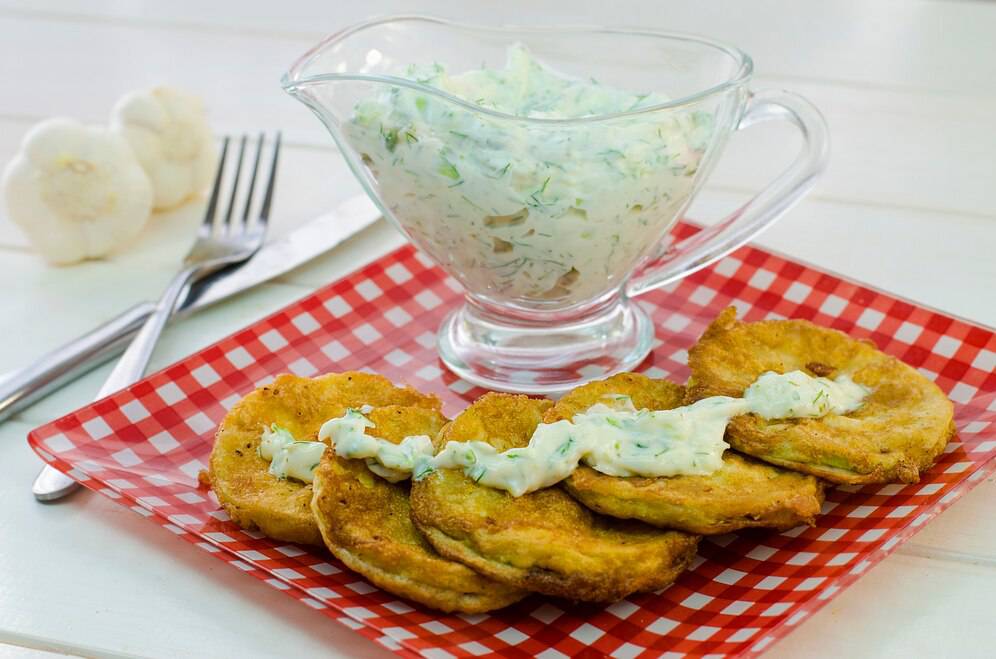
New Zealand’s whitebait fritters exemplify the country’s love of local, seasonal food. From West Coast rivers to gourmet kitchens, this way to a flavour that’s as nostalgic as it is uniquely Kiwi.
Thanks to mounting sustainability efforts and an increasingly aware public, there is reason to believe this legendary dish won’t go to waste, not just as a culinary experience but as a form of living heritage.
So next time you’re in New Zealand during spring, take a detour to the coast, find a food stand, and savour a whitebait fritter while watching the tide roll in. It might just become the highlight of your trip.
Have you tried New Zealand’s whitebait fritters? Share your experience in the comments or tag us on social media with your favourite fritter spot! If you plan a visit, subscribe to our newsletter for local food guides, seasonal recipes, and travel tips.




